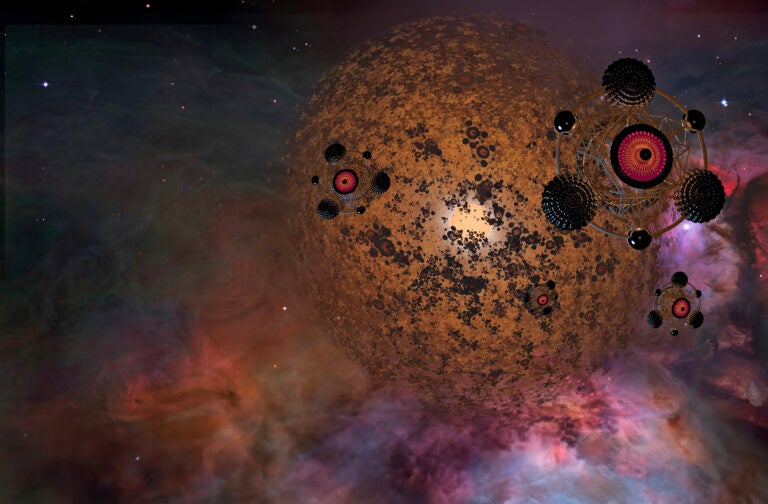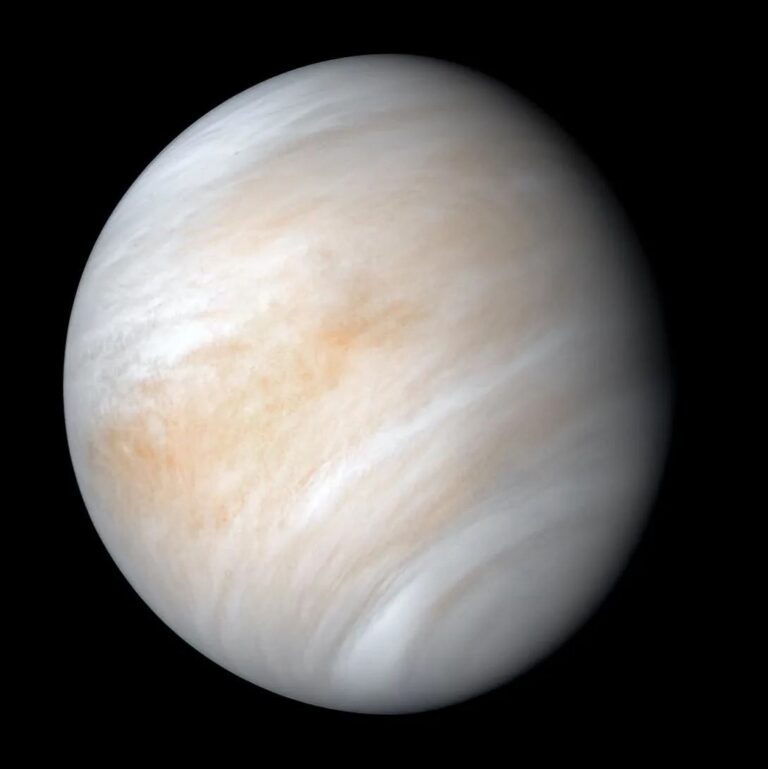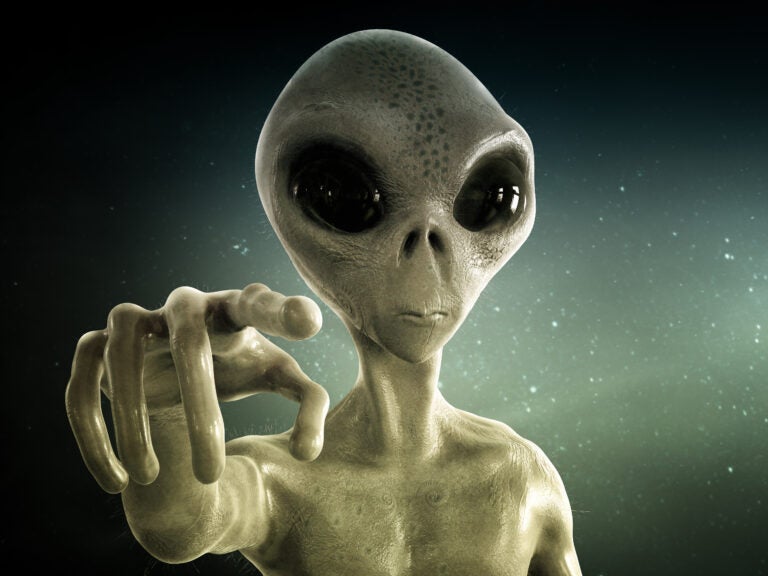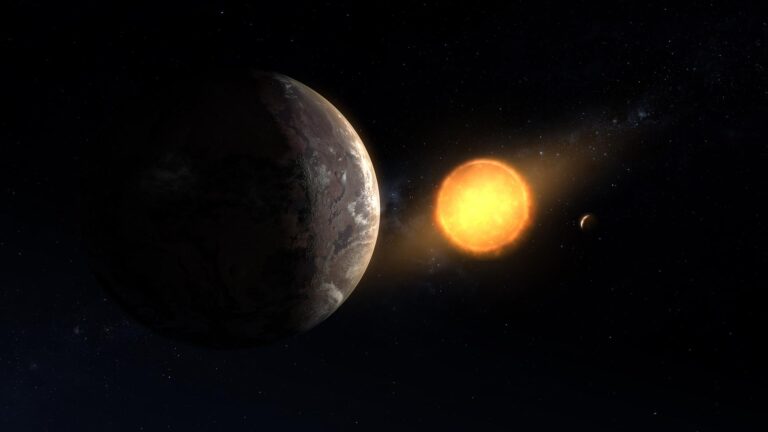Early discovery steps in the near future will include spectroscopic space telescopes studying exoplanet atmospheres, offering the ability to study their composition. Earth’s habitable atmosphere exists solely because of photosynthetic plants exchanging carbon dioxide for oxygen. It would therefore be very encouraging if we detected oxygen around another world, as it may point the way toward life.
But what is life? Scientists can’t agree on a definition. Are viruses alive? They have no metabolism, they don’t feed themselves, and many biologists regard them as inanimate. Yet their RNA coding forces host cells to make lots of viral copies.
And does life begin through chemistry? If certain occurrences cause life to arise from non-living components, we want to know if it happens readily. In other words, is life easy? Or does it require extremely unlikely events?
Astronomy magazine subscribers can read the full article for free. Just make sure you’re registered with the website.









